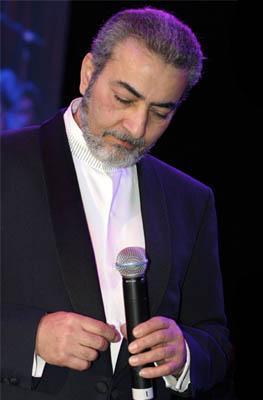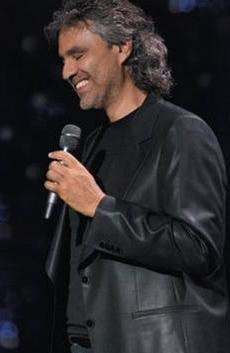The WAALM Academy in association with Liszt Music Academy back in 2005 studied many renowned musicians and artists and now WAALM – SCD (School of Cultural Diplomacy), has started to conduct a new research into the relationships between (a) the pronunciation of vowels and consonants and (b) the vocal quality and power of professional tenors and vocalists.
it is here where we find amazing connections between Italy’s Maestro, Andrea Bocelli and Iran’s Maestro Sattar – both world-class tenors in their own right. Sattar and Bocelli display striking similarities in the way they pronounce vowels, and the stress and emphasis they place on intonations.


World class Maestros: Iran’s Sattar (left) and Italy’s Andrea Bocelli (right).
One of the most interesting aspects of linguistics is the role of emotion in delivering speech (generally known as “affect” in linguistics). What constitutes “affect” or “emotion”? This is of course a gigantic topic, but for professional tenors such as Sattar and Bocelli, these can constitute domains such as joy, sadness, love (and/or adoration), lamentation and/or yearning (esp. over the loss of a loved one) and admiration. But world-class tenors such as Bocelli and Sattar have far more dimensions than just vocal prowess – at least in the linguistics sense.
Maestro Andrea Bocelli sings “Besame Mucho” in 2006. Note the striking vocal intonations between Maestros Bocelli and Sattar.
Iran’s Maestro Sattar – a world class tenor who, like Bocelli, displays an amazing command of lingusitics (semantics, syntax, affect and other non-linguistic cues) resulting in the exemplary delivery of musical pieces. The above performance by Sattar was at the WAALM ceremonies in London in 2008 (he sings “Akhareen Taalash” or “Last Effort”). Readers are also encouraged to consult the article “Insights – Bocelli and Sattar” (in pdf).
Linguistics places great emphasis on the role of non-semantic cues, notably intonation in speech in concert with gestures and facial expressions (linguists often refer to these as para-linguistic cues). It is these very cues that have so much impact on the delivery of words in music (be it Italian, Persian, English, etc.). Sattar and Bocelli deliver a powerful emotional tone in their music- they are able to do this by synthesizing high-level technical lingusitics (semantics or meaning of words and syntax or grammer with an impeccable command of para-linguistic cues. Another world-class singer of this calibre was the late Frank Sinatra (1915-1998) whose English-language songs also displayed an amazing synthesis of linguistic and para-linguistic cues.
The late Frank Sinatra (1915-1998) singing “Fly me to the Moon”. Sinatra, one of America’s very best musical artists ever, continues to be admired world-wide for his music. Note Sinatra’s amazing command of speech, tone, intonation and musical delivery.
Readers are also encoruaged to consult the interview of WAALM School of Cultural Diplomacy with Maestro Sattar on his perspective on the role of Music in fostering peace, understanding and social awareness (in pdf). See also WAALM School of Cultural Diplomacy’s interview with Maestro Bocelli on the role of Music in fostering peace, understanding and social awareness (in pdf).





